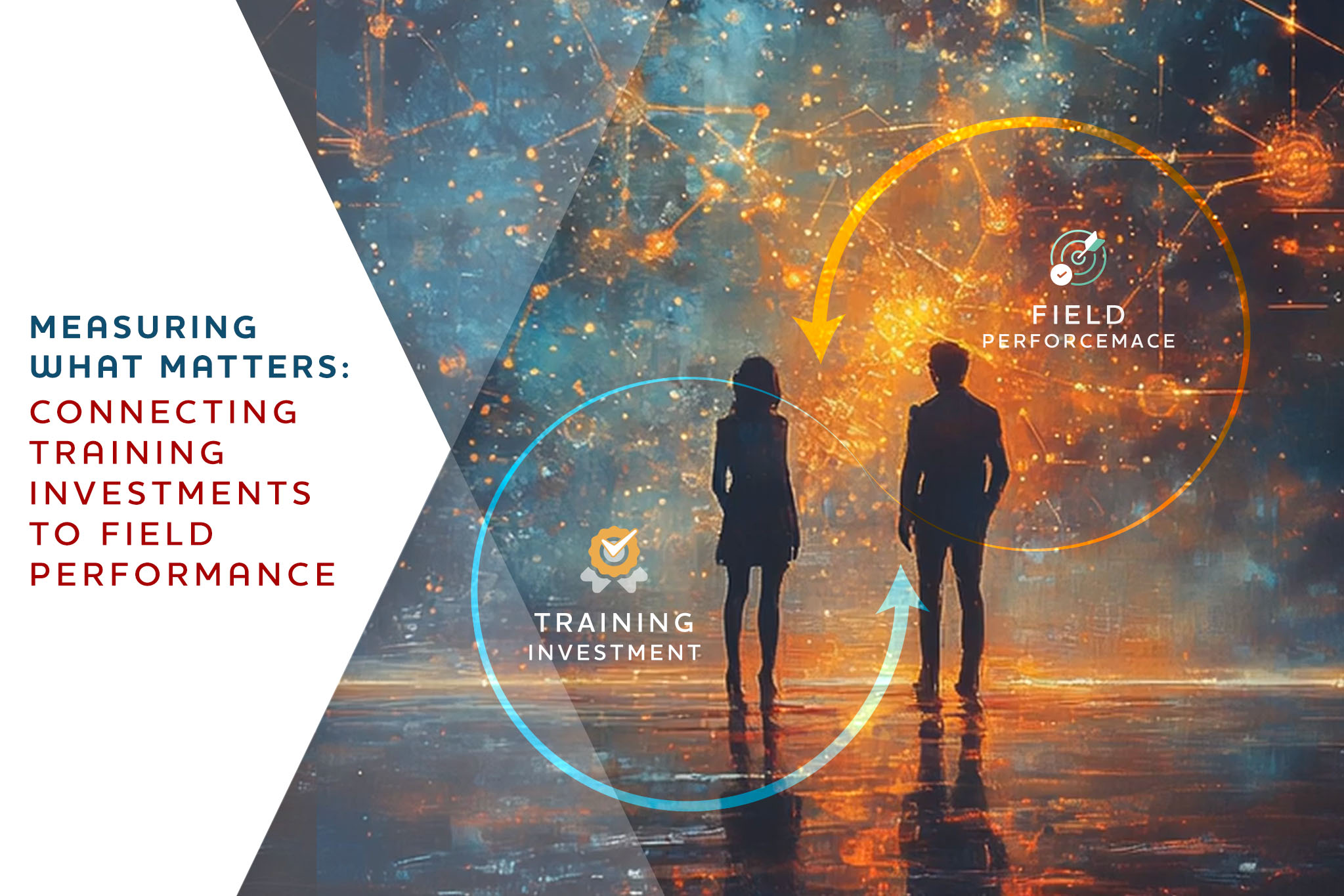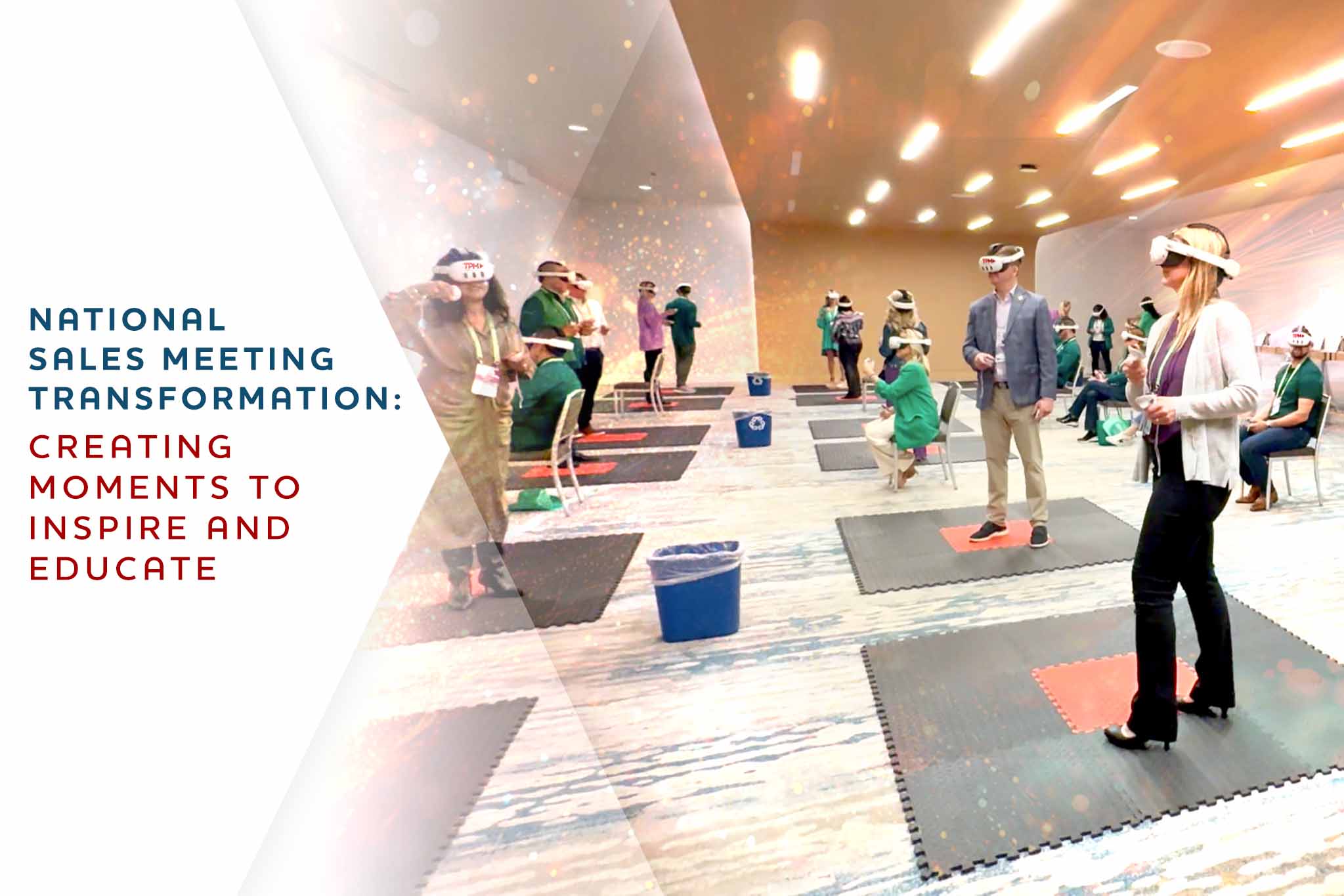Introduction: The Revolution of XR in Healthcare Product Launches
Healthcare product launches typically take 5-7 years from idea to market. This lengthy timeline costs pharmaceutical companies billions in revenue and delays crucial medical solutions that patients need.
Pharmaceutical companies face growing pressure to speed up their product development cycles. They must launch products faster while ensuring strict safety and quality standards. XR technology offers a game-changing solution that enables faster design, testing, and launch of medical products without quality compromise.
Virtual Reality (VR), Augmented Reality (AR), and Mixed Reality (MR) technologies streamline the entire product launch process effectively. Companies use these tools for everything from rapid prototyping and testing to training healthcare professionals and educating patients. Major medical device manufacturers and pharmaceutical companies have already shown impressive results. Their development timelines are now 50% shorter, with better stakeholder involvement and higher product adoption rates.
Let’s explore how XR technology reshapes the scene of healthcare product launches by scrutinizing ground applications, implementation strategies, and what it all means for innovation in healthcare.
Understanding XR Technology in Healthcare
Extended Reality (XR) brings a revolutionary change to healthcare delivery through its complete set of immersive technologies. XR serves as an umbrella term that covers various technologies blending physical and virtual environments, which creates new possibilities for medical applications.
Defining XR, AR, VR, and MR
The XR ecosystem consists of three main technologies:
Current applications in the healthcare industry
Healthcare professionals rapidly adopt XR technologies in multiple domains. Market projections show XR in healthcare will reach USD 19.60B by 2030, thanks to its wide applications in medical education, surgical procedures, and patient care.
XR implementations have transformed medical education. Students now use immersive VR simulations to visualize anatomical and physiological concepts. Surgeons use XR technologies with 3D reconstructions of CT and MRI scans to improve their pre-operative planning.
Patient care has seen significant benefits from this technology. XR applications help healthcare providers diagnose conditions like arthritis, tumors, and fractures through immersive 3D visualization. Medical professionals use these tools for shared treatment decisions that enable continuous remote consultations and expert opinions on complex cases.
The Need for Speed: Accelerating Product Launches in Healthcare
Biopharma and medical device companies face mounting pressure to speed up product launches while upholding strict quality standards. Recent industry analysis shows that 40% of biopharma products fail to meet their sales forecasts during the first two years after launch. This highlights why companies need better launch strategies.
Conventional launch timelines and challenges
Medical device development takes three to eight years for Class II or III devices. This lengthy process creates several major hurdles:
The Inflation Reduction Act and other regulatory rulings have intensified market access pressure. Companies now start commercialization much earlier than before. Their planning extends into the early stages of clinical development.
Launch delays’ cost impact on healthcare products
Launch delays create significant financial consequences. Each day of delay results in $500,000 in unrealized prescription drug sales plus $40,000 in direct daily clinical trial costs. These numbers show why companies must accelerate their product launch process.
Companies adapt by changing their approach to evidence generation and launch sequencing. Many manufacturers now group several indications at launch to maximize ROI. Others target larger indications that offer better returns. This strategic development shows the industry realizes conventional timelines no longer work in today’s competitive marketplace.
XR: A Catalyst for Faster Healthcare Product Launches
XR technology reshapes the traditional healthcare product development scene by introducing fresh approaches that substantially speed up time-to-market. This game-changing technology acts as a powerful catalyst to meet the industry’s urgent need for faster and more efficient product launches.
Streamlining the development process
Healthcare product development has reached new heights of efficiency with XR technology. Teams that use XR solutions report 80-90% reduction in design review times and a 75-90% decrease in quality inspection duration. These improvements come from XR’s power to enable virtual product testing and quick prototyping. Teams can spot and fix issues early in the development cycle.
XR implementation delivers impressive performance metrics:
Enhancing stakeholder communication and collaboration
XR technology brings a fresh approach to stakeholder involvement by creating immersive, shared environments for product development teams. Multiple users can now visualize and interact with a product’s digital twin in real or virtual environments. This feature promotes better communication between development teams, regulatory bodies, and healthcare professionals.
Organizations use XR-powered collaboration tools to run virtual feedback sessions. These sessions help refine device ergonomics and surgical suite designs better than traditional methods. Medical device development teams find this feature valuable because iterative feedback plays a vital role in product success.
Boosting Effectiveness: XR’s Impact on Healthcare Product Adoption
Recent surveys show how XR changes healthcare product adoption and effectiveness. A complete industry study reveals that 77% of healthcare professionals use XR technologies with patients. 64% of them report positive patient experiences.
Immersive product demonstrations for healthcare professionals
XR provides detailed, interactive product demonstrations that boost healthcare professionals’ expertise. Medical practitioners can now:
Improving patient education and participation
XR technology has reshaped patient education by creating meaningful interactions. 84% of healthcare professionals see immersive technologies as beneficial to the industry. Patients understand procedures better through virtual facility tours and previews. VR assistants who speak the patient’s language and match their demographics provide care support.
Research shows XR applications help bridge gaps in medical diagnosis, treatment, and education. Patients can explore health environments before procedures, which improves their preparation and reduces anxiety. Better-informed patients feel more confident and in control of their health experience because of this increased participation.
Case Study: Successful XR-Powered Healthcare Product Launch
A major pharmaceutical company showed how XR technology can reshape the scene for healthcare product launches. Their success story reveals how XR technology streamlines processes and cuts training costs in operations worldwide.
Example of a medical device or pharmaceutical product launch
The company struggled with training their workforce on essential procedures. Traditional equipment training took too much planning and expert time. They came up with a smart XR solution. Expert procedures were recorded through mixed reality from a first-person view. The recordings included detailed training information.
Key metrics and outcomes
The results were impressive across several areas:
This success led to a strong partnership with Bupa, Australia’s largest health insurer. Bupa extended their work together after a successful trial of the company’s technology in physiotherapy services. This partnership showed how XR solutions can grow in healthcare. The company is now ready to expand throughout the APAC region.
Overcoming Implementation Challenges
XR technology revolutionizes healthcare product launches, but organizations must overcome the most important implementation challenges to deploy it successfully. 77% of healthcare professionals now use XR with patients. This shows growing adoption despite several roadblocks.
Technical considerations for XR in healthcare
A reliable technological infrastructure and support systems make XR implementation successful. Healthcare organizations need to focus on these technical aspects:
Healthcare organizations need innovative approaches to tackle these challenges, especially when dealing with hardware maintenance and security protocols. Research confirms that 64% of XR implementations show positive results with proper technical infrastructure.
The Future of XR in Healthcare Product Launches
XR in healthcare stands ready to revolutionize the industry. Market research shows exciting growth potential with the global XR healthcare market expected to reach $19.60 billion by 2033 at a CAGR of 20.2%. North America leads this growth and holds 51.1% of the market share in 2024.
Emerging trends and technologies
AI integration with XR platforms brings revolutionary changes to healthcare delivery. Major companies now develop AI-powered XR platforms. These platforms create custom 360-degree therapeutic environments and dynamic avatars that boost patient interaction. The FDA supports XR adoption through its groundbreaking “Home as a Health Care Hub” initiative. This program aims to improve health equity by using augmented and virtual reality in home-based healthcare solutions.
Predictions for the next 5 years
Market experts see significant developments ahead in the XR healthcare space:
XR joins forces with AI and IoT to speed up development cycles and create more reliable immersive experiences. This tech combination promises to revolutionize healthcare from surgical training to patient care. Healthcare becomes more available and effective as a result.
Best Practices for Integrating XR into Your Launch Strategy
Healthcare product launches need a systematic approach with measurable outcomes to successfully integrate XR technology. The XR Association’s Healthcare Working Group (HWG), which is now providing detailed guidelines to apply XR solutions in healthcare settings.
Steps to incorporate XR effectively
Healthcare organizations need these steps to succeed with XR:
Research shows organizations using these approaches achieve up to 300% increase in skill transfer compared to traditional methods.
Measuring ROI of XR in product launches
XR implementations need multiple metrics to measure ROI accurately. Studies prove VR training works four times better than traditional in-person training. Trainees show a 275% increase in confidence rates.
Key performance indicators include:
Organizations should measure baseline metrics before deploying XR solutions and track improvements regularly.
Conclusion: Embracing XR for Competitive Advantage in Healthcare
XR technology revolutionizes healthcare product launches with measurable improvements in development cycles and how stakeholders participate. Recent studies show impressive gains in efficiency. Companies report 80-90% shorter design review times and 75-90% less time needed for quality inspections.
Healthcare professionals have welcomed these new tools. About 77% of them already use XR technologies with their patients. The market outlook remains strong and experts predict it will reach $19.60 billion by 2033. This growth comes from AI integration and better therapeutic environments.
The technology helps solve common launch challenges quickly. New employees complete their onboarding 3-7 days faster, and work instructions see 100% compliance. Teams need 40-50% less time for retraining. These results prove XR’s value in speeding up healthcare innovation.
Medical device manufacturers and pharmaceutical companies that use XR solutions lead healthcare’s advancement. They reshape product development through careful planning and following regulatory rules while keeping quality and safety standards high. This progress helps bring life-changing medical solutions to patients faster than ever before.



